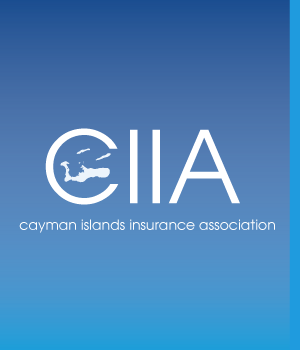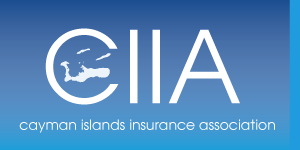Source: Business Insurnace
Gloria Gonzalez April 01, 2019 A recent outbreak of devastating tornadoes in Alabama highlights a trend of insurers expanding their use of drones to assess damages caused by intensifying and more frequent natural catastrophes. Previously, drone programs developed by insurers primarily focused on claims, but recent efforts have evolved to include underwriting and risk mitigation, including using drone imagery to identify problems prior to catastrophes and to take steps to fortify the resilience of properties to weather events. The major inflection point for insurer usage of drones was 2017 due to the cost of hurricanes such as Harvey and Irma, said Edin Imsirovic, senior financial analyst with A.M. Best Co. Inc. in Oldwick, New Jersey. “These catastrophe events proved the value of drones for the industry, as it would have been impossible to immediately access some of these areas in great detail using anything else but drones,” he said. “It was really due to these catastrophe events that the insurance industry moved away from the concept of whether the drones are useful to ‘How do we scale our drone operations?’ given the tremendous benefits of drones: efficiency, safety and customer satisfaction,” Mr. Imsirovic said. Drone utilization in the insurance industry is being driven by technological advances in artificial intelligence and image recognition — “the ability to automate all of these processes and sort through all of these images without the human intervention,” he said. AI can now “categorize objects and images more accurately than humans.” Prior to the 2018 natural catastrophe season, drones were not often used in the surplus lines markets, but hurricanes Florence and Michael and the Camp and Woolsey wildfires created a scarcity of field adjusters, contractors and ladder companies, said Emily Daugherty, claims supervisor at third-party administrator Minuteman Adjusters Inc., a unit of H.W. Kaufman Financial Group Inc. based in Farmington Hills, Michigan.


